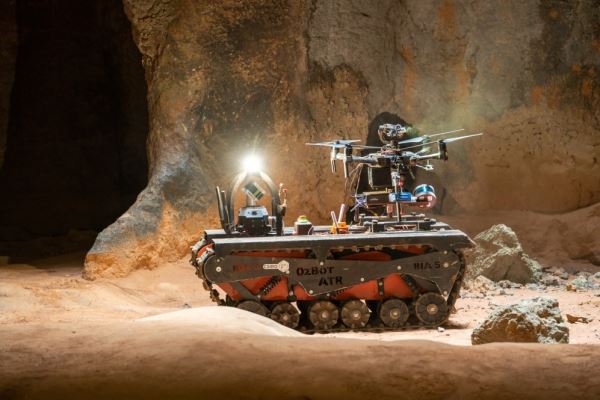The CSIRO Data61 team has not allowed the COVID-19 pandemic to disrupt its ongoing development of state-of-art robotic systems, designed to navigate and search complex underground environments.
The official DARPA Subterranean Challenge Cave Circuit event had to be cancelled earlier this year due to the impacts of COVID-19 in the US.
However, this didn’t stop the Data61 team from successfully conducting their own local event.
After scouting for suitable venues, a cave in the Chillagoe cave system in Far North Queensland was selected.
Last month, the team took its fleet of robots and equipment on a 1800km+ road trip from its lab in Brisbane to stage this event.
The cave was separated into Alpha and Beta courses with artifacts, including backpacks, ropes, drills and vents distributed throughout.
The human supervisors were not given access to either course, nor were they aware of the artifact locations to keep the event as “DARPA-like” as possible.
The team did two runs each on the two courses over the course of three days.
The fleet of robots included two BIA5 OzBot Titan tracked platforms, one CSIRO built Dynamic Tracked Robot and two Emesent DJI M210 drones.
The ground robots were equipped with our CatPack for object detection and SLAM while the drones were equipped with Emesent’s Hovermap.
All robots were using our Wildcat SLAM technology for localisation and mapping.
The CSIRO Data61’s Team competing in the DARPA Subterranean Challenge comprises of CSIRO’s Robotics and Autonomous Systems Group, Georgia Institute of Technology‘s Mobile Robot Laboratory and Emesent.


